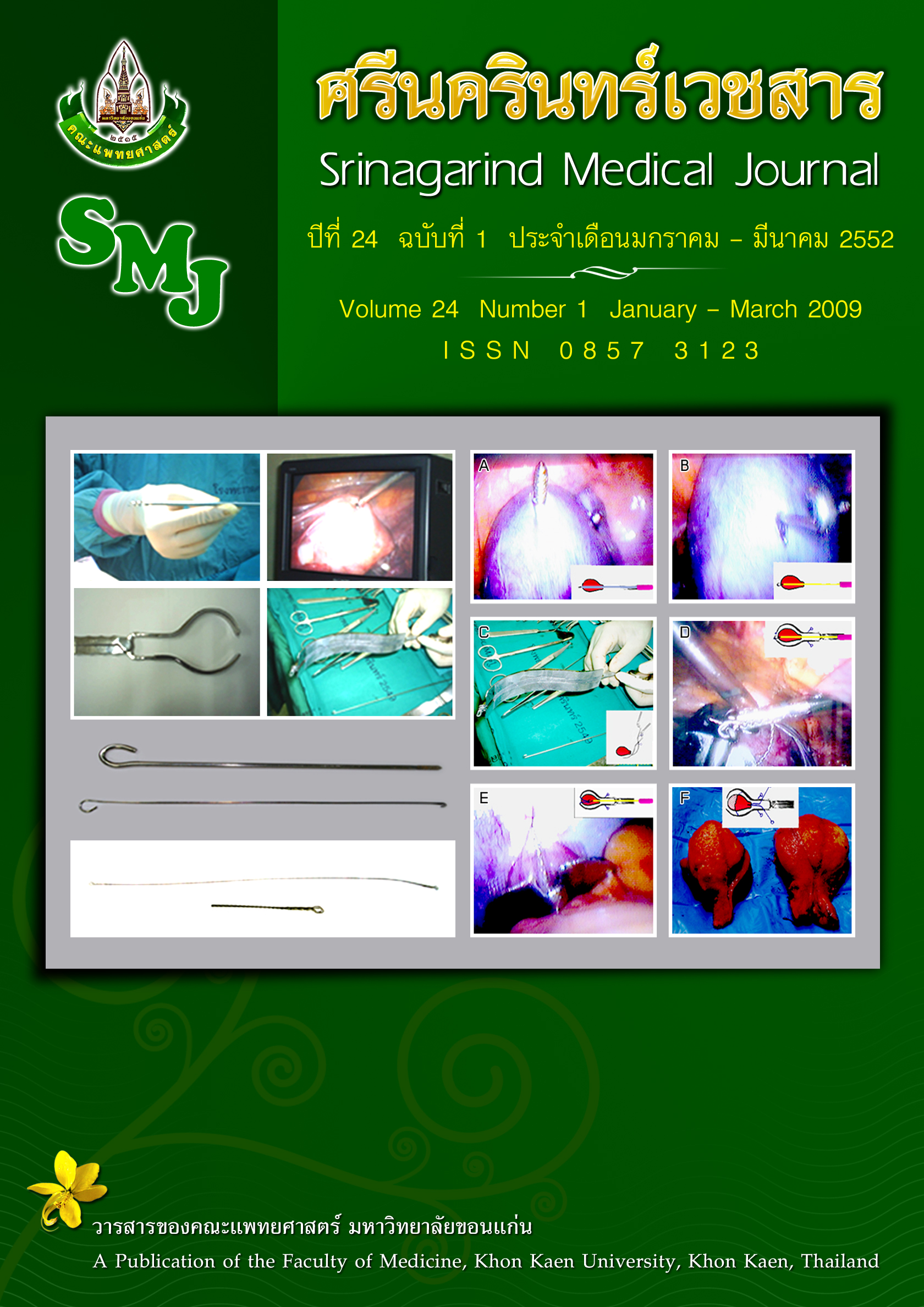Anomalous origin of the right subclavian artery associated with right-sided thoracic duct: A case report
Abstract
Background: Variations of the branches of the arch of aorta are mostly resulted from abnormal development of the branchial arches.Objective: To present the abnormal origin of the right subclavian artery associated with abnormal thoracic duct and the right recurrent laryngeal nerve
Methods: Dissection of the mediastinum was carefully done to investigate the great vessels of the arch of aorta. The outer diameter and length of the anomalous right subclavian artery were measured. The other abnormally related structures were identified.
Results: The anomalous right subclavian artery was incidentally found in a female cadaver of 80 year-old. It arose as the fourth branch of the distal part of the arch of aorta and traveled across the midline at T3 retroesophageally to reach the right upper extremity. This anomalous artery was the biggest branch of the great vessels of the arch of aorta. It was associated with the abnormal right-sided thoracic duct and the absence of the right recurrent laryngeal nerve.
Conclusions: A case of 80 year-old female cadaver showed the abnormal origin of the right subclavian artery arising as the fourth branch of the distal part of the arch of aorta. It was associated with the abnormal right-sided thoracic duct and the absence of the right recurrent laryngeal nerve.




